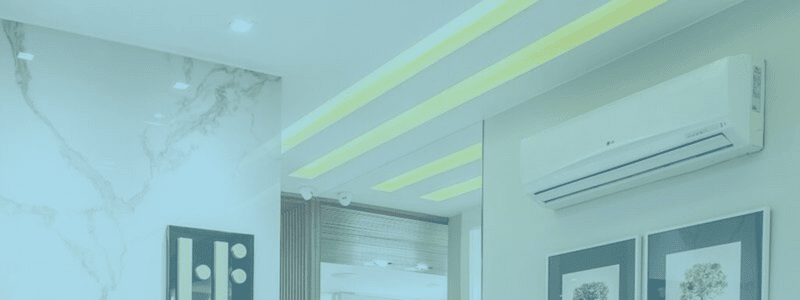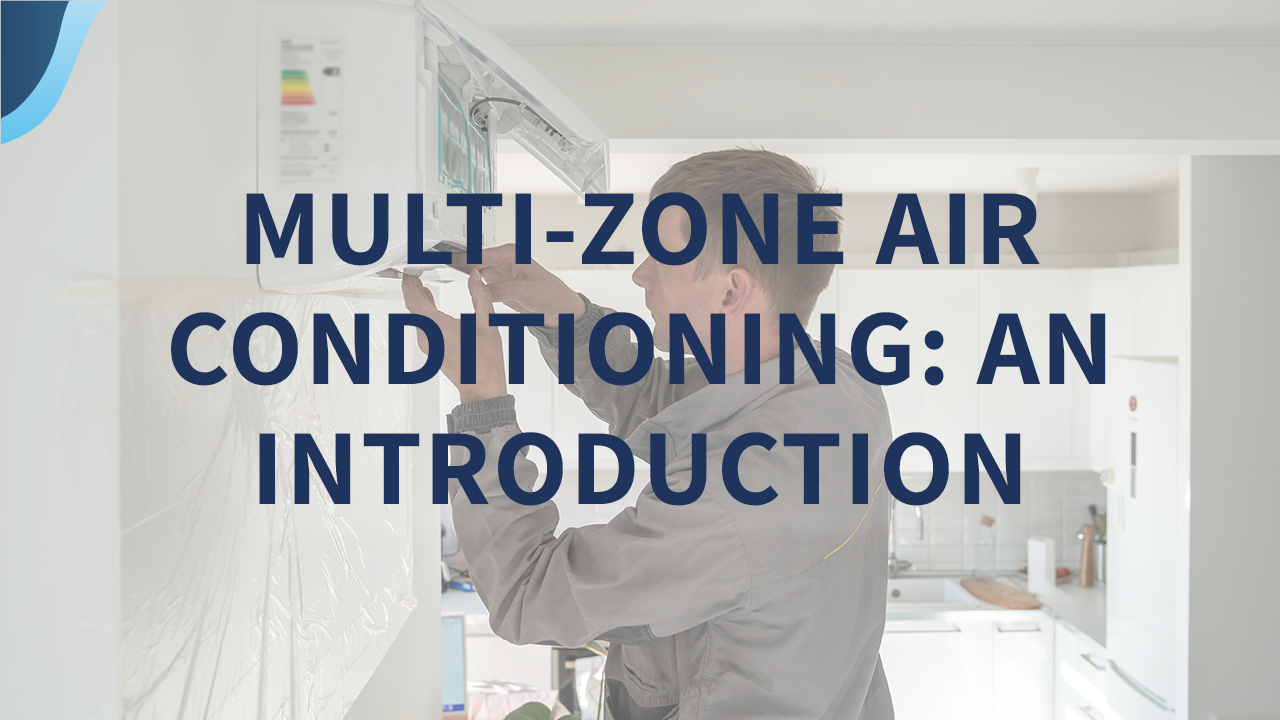According to the DOE (United States Department of Energy), heating and cooling account for about half of the average home’s energy usage. One way to cut these costs is by having a high-performance HVAC technology energy efficiency heating, ventilation, and air conditioning (HVAC) system.
“What is known as HVAC Technology Energy Efficiency goes far beyond the realm of ENERGY STAR appliances and systems”
Recently-developed technologies are also helping property owners reduce their environmental impact and save money on heating and cooling bills. In this article, we discuss different methods on how we can improve HVAC energy efficiency.


Geothermal Heat Pumps
The U.S. Department of Energy promotes using geothermal heat pumps, which can deliver double the efficiencies of traditional air-source heat pumps. These HVAC technology energy efficiency systems pull heat from beneath the Earth’s surface and transform it into energy. Advanced models even offer multi-speed compressors and variable fans, resulting in more significant energy savings and comfort.
“Relative to air-source heat pumps, (geothermal and water-source heat pumps) are quieter, last longer, need little maintenance, and do not depend on the temperature of the outside air,” the DOE stated on its website.
Ice Energy
Since its 2003 inception, the team at Ice Energy has sought to use thermal energy storage to transform inefficient HVAC systems into green energy. By 2005, the organization released its Ice Bear ice battery for commercial systems with its 95-percent peak load reduction and 2,000 pounds of carbon dioxide saved annually by every unit.
Last year, Ice Energy released Ice Bear 20, which can seamlessly integrate with HVAC systems in new or existing homes.
“It incorporates the same technology as our proven Ice Bear 30, with the added benefit of an integrated cooling and storage system. With Ice Bear 20s and Ice Bear 30s in place, almost any part of the grid with peak demand or solar over-generation issues can be reliably and cost-effectively addressed by utilities, all while reducing CO2 emissions.”
Thermally-Driven Air Conditioning
An Australian company devised a low-cost alternative to conventional air-conditioning units that’s also eco-friendly. The thermally-driven AC unit is powered by solar energy that can be supplemented with natural gas. In addition, specially-made solar panels generate enough power to drive a double-effect chiller, practically eliminating electricity costs.
Now, California-based Chromasun offers the Micro-Concentrator solar panel, which can also drive chillers. While typical solar panels don’t collect high enough temperatures to power double-effect chillers, MCT panels achieve such temperatures, cementing the usefulness of thermally-driven AC.


Energy Analysis Software
Software programs like Green Building Studio and Energy Gauge can help property owners project the most energy-efficient and cost-saving HVAC systems for any space. Not only can the software help architects and engineers determine the appropriate equipment to use in their designs, but it can also project a building’s lifetime energy use when using various systems and calculate savings achieved with other non-HVAC energy efficiency improvements.
HVAC Zones
A zoned heating and cooling system breaks a home into different areas, each controlled by its thermostat. The system increases comfort by regulating the temperature in various areas of a house to the occupant’s preference and reducing output in empty rooms.
Electronically-controlled dampers are paired with each thermostat to control airflow through a building’s ductwork. Each thermostat separately controls airflow through its assigned ducts.
An HVAC technician can even install zoning into many existing systems by using a zone control panel that communicates between thermostats and zoning dampers placed inside existing ductwork.
Smart Ventilation
Building upon the zoning concept, innovative technology now allows users to control the temperature throughout areas of their house remotely. Alea Air has recently launched its intelligent ventilation system, which is equipped with 11 sensors to allow homeowners the ability to control the temperature in every room of their house at any time and from anywhere.
Alea’s system is connected to the cloud and controlled by an app.
The technology can constantly analyze the temperature in each room throughout the day and automatically adjust airflow to regulate each space. For example, Alea’s innovative vents close in rooms needed less directed air and open in rooms that needed to cool.


Motili’s HVAC Technology Solution
Motili is the solution to cost-effective equipment, installation, repair, and maintenance.
We combine people, processes, and technology to create a unique and nationally supported app that will help property owners of all kinds to manage their heating and cooling efforts quickly.
Data analysis will continue to be performed by the on-demand service industry, including HVAC technicians, to match consumer needs to service providers. Motili’s platform goes even further by helping building managers make intelligent and proactive business decisions.












